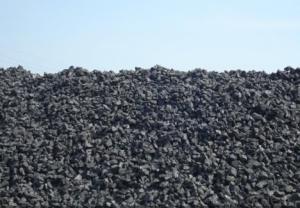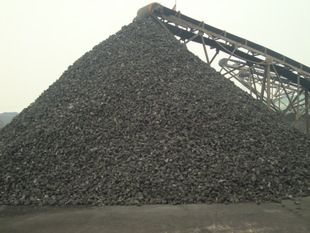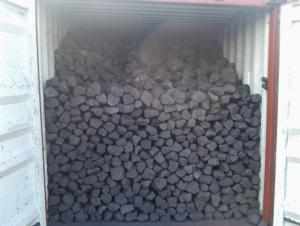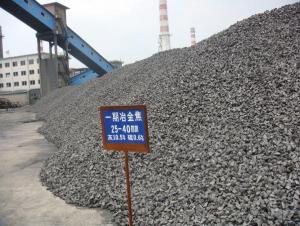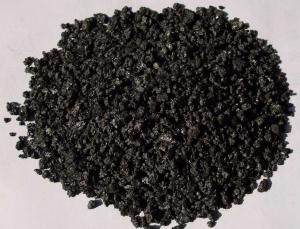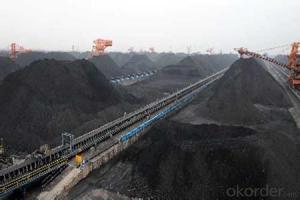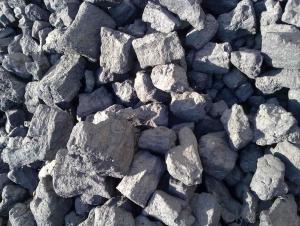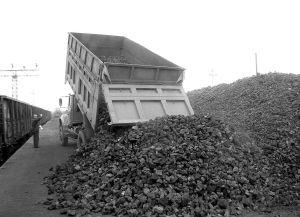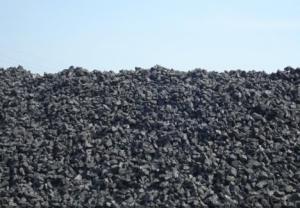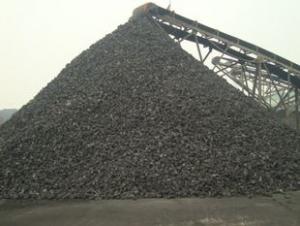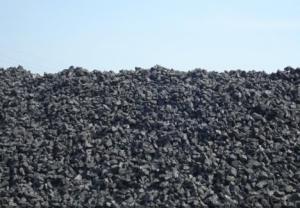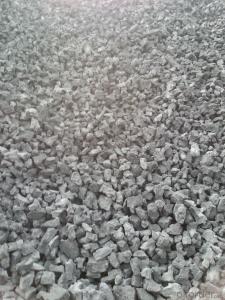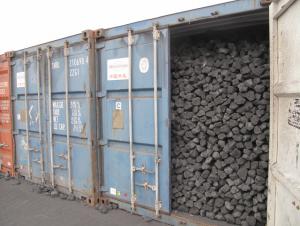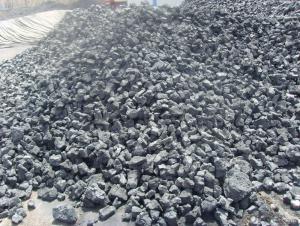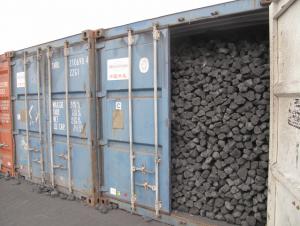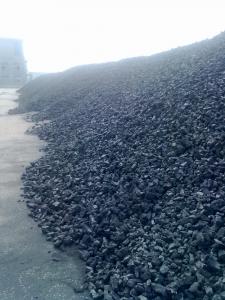CNBM Nut Coke with Low Phosphorous
- Loading Port:
- Tianjin
- Payment Terms:
- TT OR LC
- Min Order Qty:
- 100 m.t.
- Supply Capability:
- 3000 m.t./month
OKorder Service Pledge
OKorder Financial Service
You Might Also Like
1. Structure of Nut Coke with Low Phosphorous Description:
Coke is made by high temperature metallurgical coke for blast furnace smelting, casting and gasification. Occurring in the process of coking after recovery and purification of coke oven gas is a high calorific value of fuel, is an important industrial raw material in organic synthesis.
Coke is mainly used for blast furnace ironmaking and used for copper, lead, zinc, titanium, antimony, mercury and other non-ferrous metal smelting of blast furnace, reducing agent, compound and the function of stock column frame.
Blast furnace with Coke instead of charcoal, which laid a foundation for the large-scale of modern blast furnace, is a major milestone in the history of metallurgy.
2. Main Features of the Nut Coke with Low Phosphorous:
• Quality assurance
• Mutual benefit
• Preferential price
• Various choice
3. Nut Coke with Low Phosphorous Images:
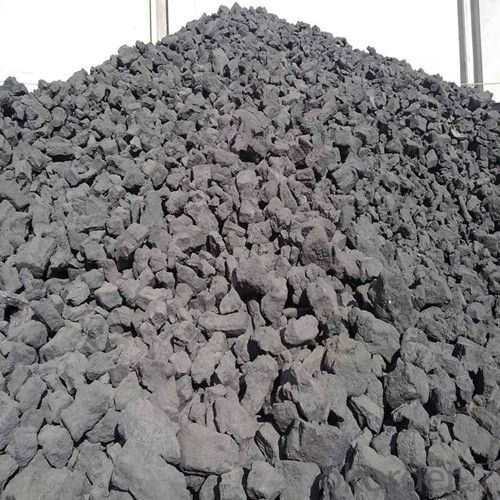
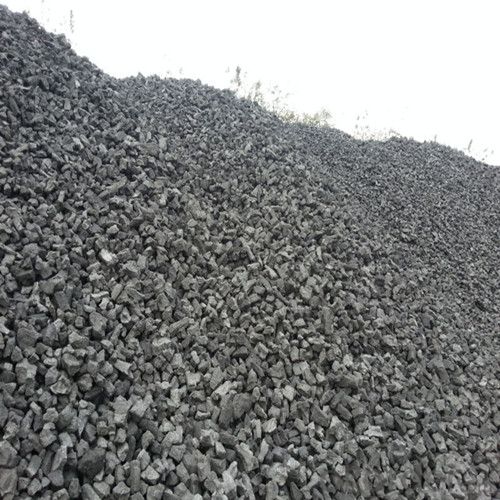
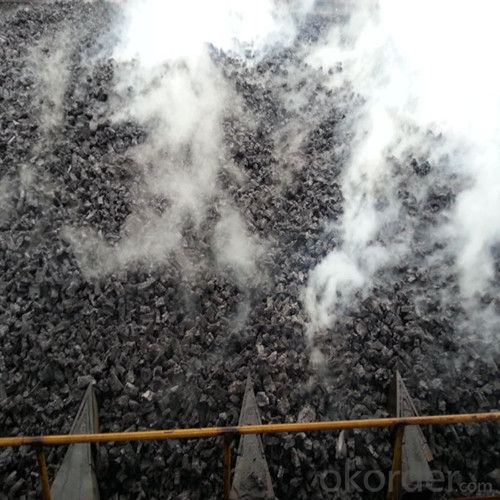

4. Nut Coke with Low Phosphorous Specification:
Parameters | Guarantee | Rejection |
Total Moisture ( As received basis ) | 8% max | |
Ash ( dry basis ) | 12.5% max | > 13.5% |
Volatile Matter ( dry basis ) | 1.5% max | > 1.8% |
Sulphur ( dry basis ) | 0.70% max | > 0.80% |
Phosphorus ( dry basis ) | 0.020% max | > 0.025% |
Size 10-30 mm | 90% min | |
+30 mm | 5% max | > 8% |
-10 mm | 5% max | >8% |
5. FAQ
We have organized several common questions for our clients,may help you sincerely:
1) How to guarantee the quality of the products?
We have established the international advanced quality management system,every link from raw material to final product we have strict quality test;We resolutely put an end to unqualified products flowing into the market. At the same time, we will provide necessary follow-up service assurance.
2) What are coke's main physical properties?
The average heat capacity is 0.808 kj/(KGK) (100 ℃), 1.465 kj/(KGK) (1000 ℃)
Thermal conductivity is 2.64 kj/(MHK) (room temperature), 6.91 kj/(MHK) (900 ℃);
Ignition temperature (air) is 450-650 ℃.
3) How about your company?
Our company began to export coke when China cancelled 40% of coke export tariffs and quotas on January 1, 2013. We export many kinds of coke, such as CSR60 % and CSR 62% metallurgical coke (met coke), the NUT coke of 20 to 50 mm, coke breeze of 3 to 6 mm, and so on.
- Q: Various types of coal coke are the main test items
- Coal test items which specific indicators of coal test:Generally include coal test indicators include: calorific value of coal (calorific value), sulfur content (sulfur), ash, volatile, fixed carbon, char residue characteristics, total moisture, water analysis and other indicators
- Q: After the long-term use of non stick pan, oil stains can not be effectively removed, over a long period of time in the non stick coating on the formation of a layer of coke, the effect of losing non stick. As a result of this layer of coke is relatively dense and smooth, scouring cloth has been ineffective, steel ball can not be used to damage the coating, what chemical or physical methods to remove this layer of coke?
- Soak in hot water for a few hours (or a day and night).Two, with cooking shovel (Mason's Pihui knife is best) to remove surface soft.Three, the same with a spade close to the bottom of the pot to eradicate. Until the last thing left is black.
- Q: What is the difference between coking plant and coke plant
- Production equipment and production processes are complex.Coke plant, generally only the coal into coke on it, so simple.
- Q: Who knows the proportion of pig iron and coke used in Cupola
- There is doubt: the export rate is lower than the standard exception.4, blank blank processing: according to customer requirements of different direct sales, some need to continue processing after the sale, the ordinary rough machined after a blank rate of about more than 70%, about 30% (excluding scrap scrap), dryer enterprises after after machining yield is about 25% ~ 30% (including waste scrap and iron, basically use recycled material, material waste accounted for ratio of 30% ~ 40%). To 1.5M x 2M cylinder, for example, rough weight of about 5.8 tons ~ ~ 6 tons (standard cylinder, including the cylinder head) cylinder head rough weight of about 1.7 tons ~ ~ 1.8 tons, cylinder weight of about about 4.2 tons. After processing, the cylinder head weighs about 0.5 tons to 0.6 tons, accounting for the proportion of about 65% to 70% head (excluding scrap, scrap accounted for about 10%, blank cylinder head and iron) accounted for about 30% ~ 35% blank cylinder head, accounted for the proportion is about 40% recycled waste, scrap iron accounted for under foot material proportion 60%, enterprises can not return direct sales (currently, only production enterprises can use recycled scrap iron). Total iron blank ratio is about 15% ~ 18%.
- Q: What is the difference between coke and semi coke in ferrosilicon smelting process? In the process of energy statistics in the end should be 0.9714 of the conversion coefficient should be used with the conversion coefficient of 0.75 x 0.9714, please expert advice? emergencyUrgent!
- The difference between them is that the final temperature of the two, the use of different raw materials, product yield and product properties are not the same. Low temperature coke. Under the condition that the coal is isolated from the air, the product is heated to 500 to 600 DEG C to obtain the product. It uses the raw coal is lignite, metamorphic degree of coal, long flame coal and gas coal. The final purpose of the low temperature carbonization is to obtain high yield coal tar
- Q: Coke in the whole process of steelmaking in the end is what to do, just to provide heat or carbon and other substances into steel or iron?In the study of coal classification inside, one is divided into coking coal, coking coal and coke as main, and then you see is steel or iron coke must material. What is not clear. In the end, out of coal mining is mainly used to burn energy extraction, or said that coal like oil can be converted into other products, which is a coke can convert?
- It is necessary to add coke, pellet, sinter ore, ore and other materials into the blast furnace in a certain proportion, batch and sequence, and then to produce molten iron in the reducing atmosphere of the blast furnaceAfter the hot metal to steel in converter against the general converter, scrap also need to add a certain amount of used to balance the heat. Hot metal and scrap are added to the converter after the oxygen lance for oxygen operation, the oxidation of oxygen to carbon in liquid iron, silicon, manganese, phosphorus, sulfur and some non-metallic inclusions to form steel. Adding lime, dolomite, iron oxide and mine slag and coolant is needed in oxygen at the same time. After the completion of steel smelting in the tapping process according to different requirements with the corresponding iron alloy steel, after also refining process.
- Q: Coke crushing, coke plant equipment, coke jaw crusher, coke crushing equipment prices, manufacturers offer? How is the output of these equipments?
- The index of pore structure is mainly expressed by the porosity rate (the percentage of the total volume of coke), which affects the reactivity and strength of coke. Different uses of different coke porosity index requirements, the general requirements of metallurgical coke porosity in the 40 ~ 45%, 35 ~ 40% in coke, coke export demand in about 30%.
- Q: What does the M40% and M25% mean in the analysis of coke?
- (2) mainly used in: Coal Science and Technology (first level), coal processing and utilization (level two), coal chemistry and coal quality analysis (level three)
- Q: What's the difference between coke and coke?
- In the process of coal carbonization of coal material: when the temperature is higher than 100 degrees in coal water evaporation; the temperature rises to 200 degrees above, combined with the release of water in coal; up to 350 DEG C, caking coal begin to soften, and further the formation of colloid viscous (this phenomenon does not occur, peat lignite; etc.) to 400 ~ 500 degrees most of the gas and tar precipitation, called a thermal decomposition products; at 450 to 550 DEG C, the thermal decomposition continues, gradually thickening and curing the formation of residue char!
- Q: What are the national standards for grade two coke?
- All of these are the main indicators, and the water is not the quality evaluation index. The other is the coke reactivity: no more than 35%; after the reaction intensity: not less than 50%
Send your message to us
CNBM Nut Coke with Low Phosphorous
- Loading Port:
- Tianjin
- Payment Terms:
- TT OR LC
- Min Order Qty:
- 100 m.t.
- Supply Capability:
- 3000 m.t./month
OKorder Service Pledge
OKorder Financial Service
Similar products
Hot products
Hot Searches
Related keywords
